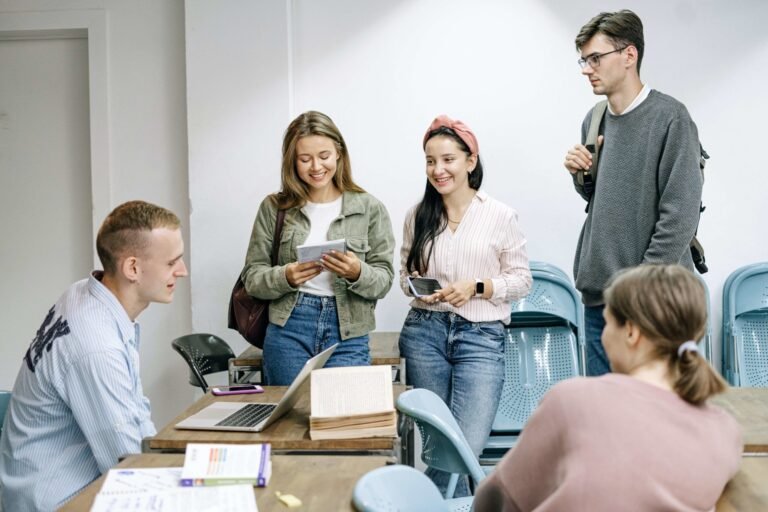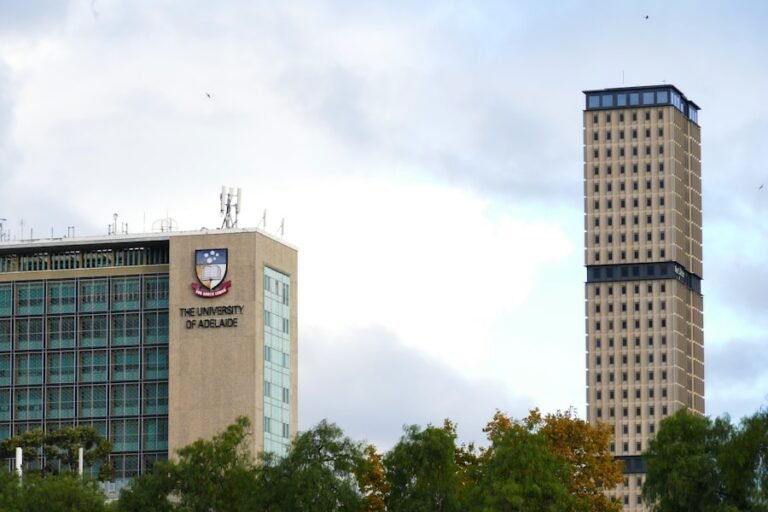Can International Students Work in the USA?
Navigating the world of work in the United States as an international student might seem like a daunting task. Whether you’re looking to earn extra money, gain valuable experience, or simply dive into the U.S. workforce, there are a number of options available. However, it’s crucial to understand the rules and limitations before embarking on your job hunt. So, can international students work in the USA? Let’s dive in and find out!
Understanding Visa Types
The first thing you need to know about working as an international student is the visa type you hold. Your ability to work is largely governed by the rules attached to your visa. The most common visa types for international students are the F-1 and J-1 visas, each with its own set of work permissions and restrictions.
F-1 Visa and Work Eligibility
If you’re an international student studying in the U.S. on an F-1 visa, you’re primarily focused on full-time academic study. However, you still have several opportunities to work while staying within the visa’s legal framework. Let’s explore the main options:
On-Campus Employment
One of the easiest and most common ways for F-1 visa holders to work is through on-campus employment. You can work up to 20 hours per week during the school term and up to 40 hours during breaks. Jobs can range from library assistant to research positions. It’s a great way to earn some extra cash while staying in compliance with your visa terms.
Off-Campus Employment Options
For F-1 students interested in off-campus employment, there are two key options: Optional Practical Training (OPT) and Curricular Practical Training (CPT). These programs allow students to gain work experience related to their field of study, though there are restrictions and approval processes to navigate, which we will explore below.
J-1 Visa and Work Eligibility
International students on the J-1 visa also have work opportunities, but like the F-1, it’s important to understand the regulations. The J-1 visa is designed for exchange visitors, and students can engage in academic training (AT) as part of their program.
Academic Training (AT)
Academic Training allows J-1 students to work in jobs related to their field of study for up to 18 months (or 36 months for postdoctoral students). This can be an invaluable opportunity to gain hands-on experience in your industry while remaining compliant with visa regulations.
Working as an Intern
Another great opportunity for J-1 students is the ability to work as an intern. Many students take up internships during their academic training period, giving them real-world experience in their chosen field.
Optional Practical Training (OPT)
Perhaps one of the most well-known work programs for international students is Optional Practical Training (OPT). This program allows F-1 visa holders to work for up to 12 months in a job directly related to their major.
OPT Application Process
Applying for OPT is a straightforward process, but it does require careful planning. You must submit your application to U.S. Citizenship and Immigration Services (USCIS), and the approval process can take several months. Therefore, it’s advisable to apply early!
OPT Extension for STEM Students
If you’re a student in a STEM (Science, Technology, Engineering, and Math) field, you’re in luck! STEM students are eligible for a 24-month OPT extension, meaning you can work for up to 36 months in total.
Curricular Practical Training (CPT)
For F-1 visa holders, Curricular Practical Training (CPT) is another option. CPT allows students to work in internships or co-ops that are integral to their curriculum.
How CPT Differs from OPT
Unlike OPT, CPT must be completed during your course of study, and it must be directly related to your degree program. The good news is that you don’t need to wait until graduation to begin CPT, making it a flexible option for students.
Restrictions and Limitations
As tempting as it might be to work as much as possible, international students face certain restrictions. These rules ensure that students focus on their studies while still gaining work experience.
Work Hours During School
While school is in session, international students can only work up to 20 hours per week. This limit applies to both on-campus and off-campus employment under OPT and CPT. Breaking this rule can jeopardize your visa status, so be mindful of the regulations.
Work Hours During Breaks
During scheduled breaks, such as summer or winter vacations, international students are allowed to work full-time (up to 40 hours per week). This is often the best time for students to take on internships or gain extended work experience.
Benefits of Working as an International Student
Working in the U.S. offers numerous benefits beyond the paycheck. International students who work often find that they:
- Gain valuable professional experience
- Develop language and communication skills
- Expand their professional networks
- Boost their resumes for future job opportunities
These benefits can significantly enhance both your academic journey and future career prospects.
Common Challenges Faced by International Students
Despite the perks, working as an international student isn’t always easy. Many students find it challenging to balance work and academics, and some struggle with understanding visa rules or finding the right job. It’s essential to be aware of these challenges and seek guidance when needed.
Conclusion
Working as an international student in the USA can be a rewarding experience, both financially and professionally. By understanding your visa’s regulations and planning ahead, you can successfully work while studying in the U.S. Take advantage of the opportunities available, and make the most of your time abroad!
FAQs
- Can international students work in the USA without a visa?
No, all international students must have a valid visa that allows for work in the U.S. - What is the difference between CPT and OPT?
CPT is completed during your studies and is part of the curriculum, while OPT can be completed after graduation. - How long does it take to get OPT approval?
The OPT approval process can take anywhere from 3 to 5 months, so apply early. - Can international students work full-time?
Yes, during breaks, international students can work full-time, up to 40 hours a week. - Is it hard to find work as an international student?
It can be challenging, but many universities offer career services to help students find jobs.







